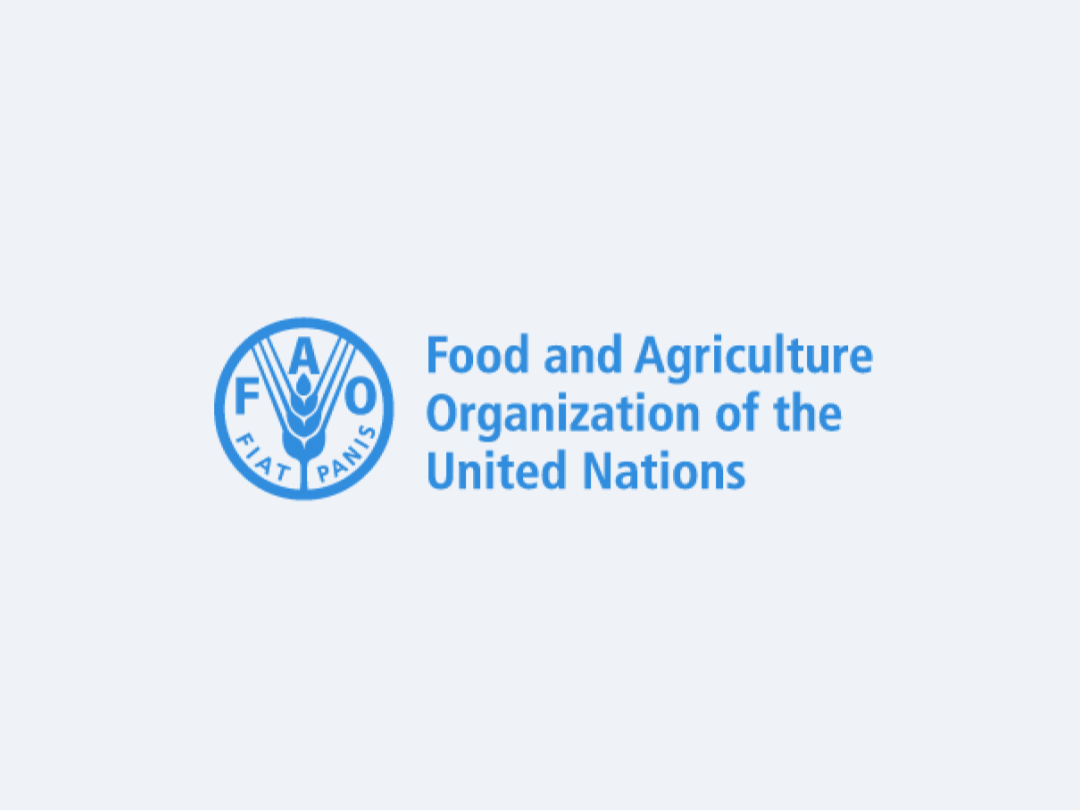International prices of wheat and maize continued to decline in May, while rice prices increased further.
The downward trend in wheat prices was mostly due to ample global supplies and subdued import demand, while an expected record crop in Brazil and higher production in the United States of America were largely behind the decline in maize prices. The extension of the Black Sea Grain Initiative also contributed to softening world prices.
By contrast, international rice quotations continued their upward trend in May, as previous deals with Asian buyers were executed and supplies tightened in some exporters, such as Viet Nam and Pakistan.
In most countries monitored by FAO, domestic staple food prices in May 2023 remained above their year‑earlier levels. Conflict and insecurity, adverse weather, high prices of agricultural inputs, elevated distribution costs as well as currency weaknesses continue to be the major drivers.
Coarse grain prices remained considerably high in East and West Africa, while harvests eased the pressure on maize prices in Southern Africa and South America.
In Eastern Europe, Caucasus and Central Asia countries and East Asia, ample stocks and supplies from ongoing harvests contributed to the softening of wheat and wheat flour prices.
Meanwhile, in East Asia, domestic rice prices increased in major exporting countries despite harvest pressures weighing on prices in other countries of the subregion.
The full report see here: https://www.fao.org/3/cc6513en/cc6513en.pdf
The downward trend in wheat prices was mostly due to ample global supplies and subdued import demand, while an expected record crop in Brazil and higher production in the United States of America were largely behind the decline in maize prices. The extension of the Black Sea Grain Initiative also contributed to softening world prices.
By contrast, international rice quotations continued their upward trend in May, as previous deals with Asian buyers were executed and supplies tightened in some exporters, such as Viet Nam and Pakistan.
In most countries monitored by FAO, domestic staple food prices in May 2023 remained above their year‑earlier levels. Conflict and insecurity, adverse weather, high prices of agricultural inputs, elevated distribution costs as well as currency weaknesses continue to be the major drivers.
Coarse grain prices remained considerably high in East and West Africa, while harvests eased the pressure on maize prices in Southern Africa and South America.
In Eastern Europe, Caucasus and Central Asia countries and East Asia, ample stocks and supplies from ongoing harvests contributed to the softening of wheat and wheat flour prices.
Meanwhile, in East Asia, domestic rice prices increased in major exporting countries despite harvest pressures weighing on prices in other countries of the subregion.
The full report see here: https://www.fao.org/3/cc6513en/cc6513en.pdf
